If you were to drop a pin in the center of Curry County, Oregon, along the border of the Rogue River-Siskiyou National Forest, you would be able to reach five waterways designated as U.S. Wild and Scenic Rivers within 40 miles of each other—the Rogue, Illinois, Chetco, Smith, and Elk rivers. It’s the highest concentration of any one county within the contiguous United States. It says as much for the quality of the rivers on the South Coast of Oregon as it does of the mountains that cut such dramatic relief to produce them.
Rivers runners have heard of the whitewater runs of the Lower Rogue River Gorge, Illinois, Upper Chetco, the Smith River on the California border, and probably less so of the Elk River. What’s easy to forget though is that none of these rivers, or any other in this corner of the state, ends with its whitewater. As they continue toward the Pacific they slow, meandering beneath gorge walls and along forested corridors before opening into fertile estuaries swaying with the tides. The lower reaches of Oregon’s coastal rivers are not only equally remarkable to their interior whitewater gorges—the rewards are also accessible to all abilities, have multiple trip length options, and are located near some of Oregon’s most eclectic coastal towns.
Here are three of the best ways you can visit the rivers of the South Coast with a paddlecraft of your own or along with an outfitter.
3 river destinations on the South Coast of Oregon
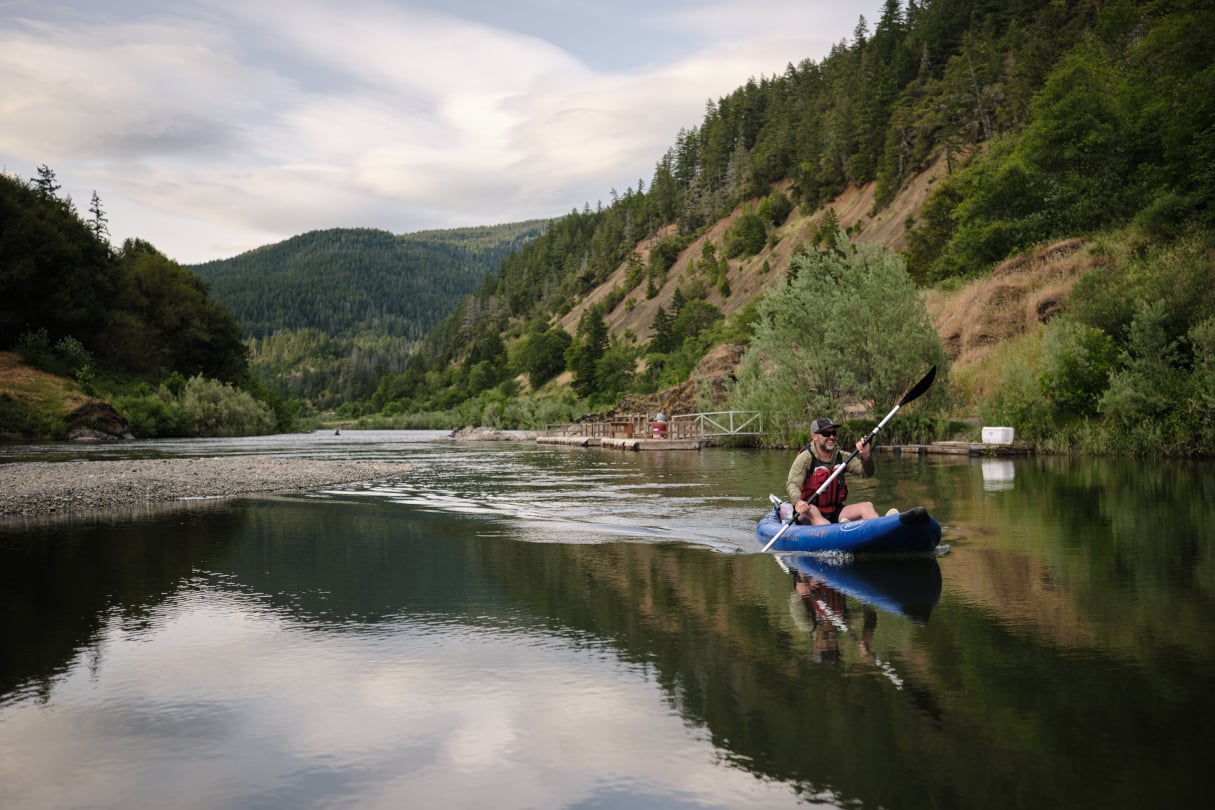
The Rogue River’s Copper Canyon
The 35-mile stretch of the Rogue River from Grave Creek to Foster Bar is one of the most renowned multi-day river trips in the country. But it’s far from the only way to relish in the majesty of the Lower Rogue River Gorge. Beginning in Agness, Oregon at the confluence with the also wild Illinois, the Rogue enters a 13-mile section called Copper Canyon, a lesser talked about but equally scenic section. After Agness, the national forest road moves away from the gorge and won’t return again until the takeout at Quasatana Campground.
Copper Canyon requires no lottery permit, works well as a day trip, and has no sizeable whitewater rapids. The water temperature is also relatively mild in summer. These attributes make Copper Canyon a moving water section of the Rogue anyone can launch on with a kayak, paddleboard, or canoe. So lean back and admire the temperate rainforest of Oregon’s coastal mountains.
How to paddle it
If you have your own equipment, set shuttle from Quasatana Campground up to the Agness Bar Access. South Coast Tours also provides guided kayak trips down the section. Going with an outfitter brings the added benefits of lunch and a knowledgeable guide to point out the history, geology and wildlife of Copper Canyon.
Worth the stop
The closest major hub to the Lower Rogue is the coastal town of Gold Beach. Once you hit Highway 101 head south. In town, near the corner of 3rd and Stewart Street is the Old Agness Store. The red barn-style shop will be hard to miss. The Old Agness Store was formerly upstream in Agness. If you’re wondering, it wasn’t carried here by the river. Owners Steve and Michele decided to make Gold Beach home and adopted the red barn storefront. Grab a post-river mortadella and provolone sandwich, pulled roasted chicken, or an Olympia Provisions bratwurst. Or skip straight to a treat with one of their housemade brownies warmed with a scoop of ice cream.
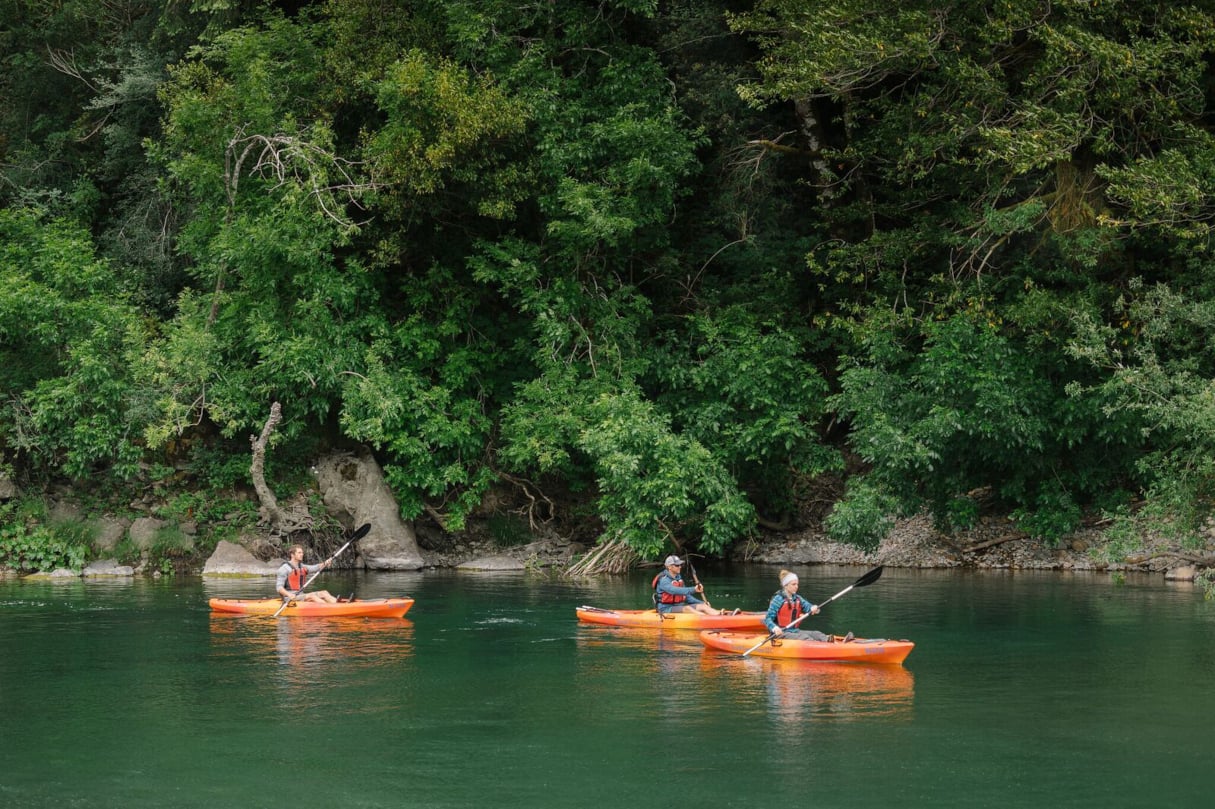
The mesmerizing Lower Chetco
Just five miles north of the California border, the Chetco River empties from its headwaters in the Kalmiopsis Wilderness into the Pacific at the port town of Brookings. The 55-mile Chetco is known for having some of the most outstanding water quality on the Oregon Coast.
In its lower reaches, paddlers glide along boulder-strewn, forested river banks. Looking downward you can peer deep through the brilliant-blue, clear water at passing rock bars below. Right up to its mouth, the water quality remains superb, and impossible to take your eyes from. The birds cruising over the estuary searching for a meal agree—few waterways rival the Chetco’s quality.
How to Paddle It
South Coast Tours offers three-mile kayak trips on the lowest section of the Chetco as an out-and-back from the harbor upstream. Expect to see pelicans gulping down fish, kingfishers fluttering overhead, and sea lions catching some sun. The trip is less than two hours, offering a remarkable initiation to paddling the Oregon Coast.
Worth the stop
Celebrate a day on the Chetco with a visit to the river’s namesake brewery. Chetco Brewing Company’s tap room is less than a mile from the river’s edge as the pelican flies. They have a robust offering of decadent porters and stouts among their diverse tap list with something for every palette. The tap room is an expansive open-hanger garage with casual seating that feels like you’re hanging out at a friend’s place. They also have regular musical acts, and a savory Reuben offered at their on-site food truck.
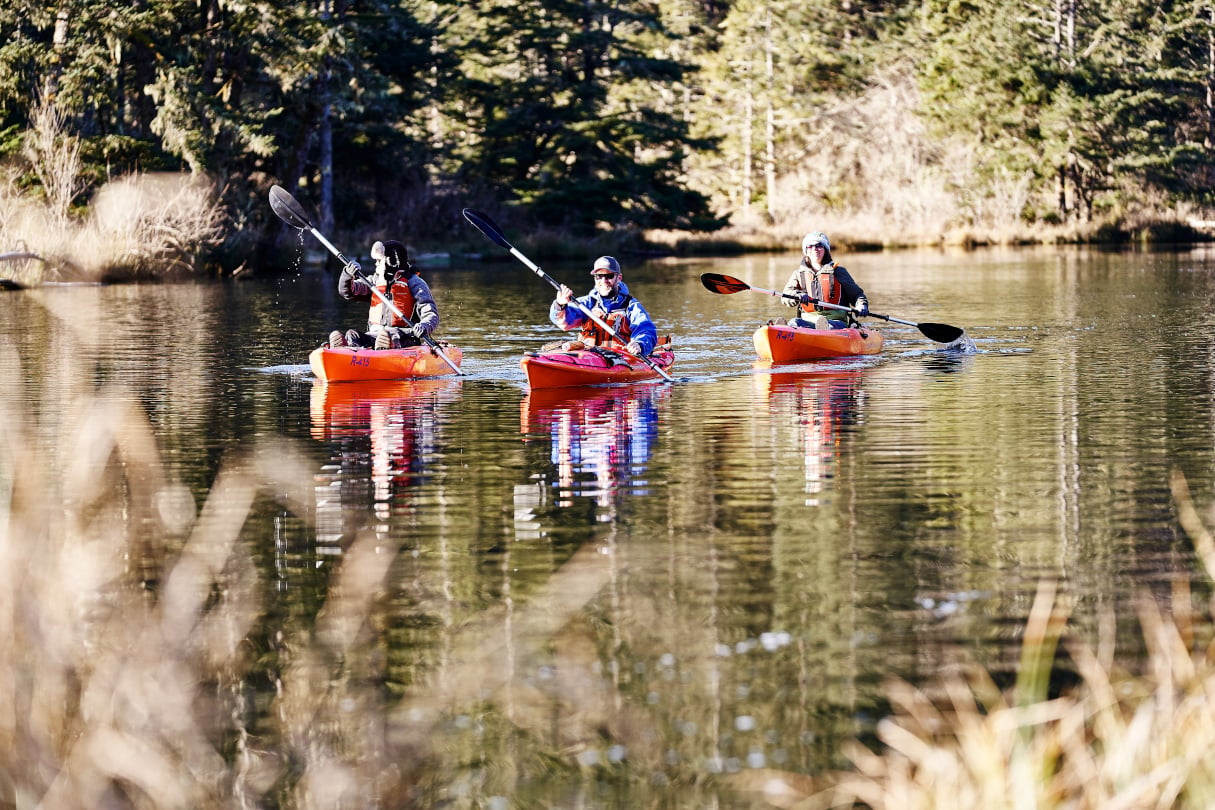
The long tidal run up the Coquille River estuary
The Coquille isn’t designated as Wild and Scenic, but it showcases the diverse opportunities of paddling along the South Coast with remarkable natural and cultural sites. The Coquille is just north of Curry County, entering the Pacific at the town of Bandon. What makes the Coquille stand out is the tidal influence stretching 30 miles upstream, second in the state to only the mighty Columbia. This means paddlers seeking a scenic trip up can let the tide do most of the work traveling both directions. The mazing estuary is a mix of swaying marsh grasses, migrating birds, 19th- and 20th-century industrial history, and the millennia-spanning culture of the local Coquille Tribe.
How to paddle it
From the Old Town Bandon waterfront, you could travel tens of miles up the Coquille, but a popular option is a seven-mile trip upstream to the top of mile-long Randolph Island. At the start you’re likely to spot the Coquille lighthouse and sandy beaches along the north bank. Once you’ve entered the mazeways of the Bandon Marsh U.S. Fish and Wildlife National Reserve, keep your eyes out for not only migrating birds but remnants of mills, fish processing plants, and more remarkably, the historic fishing weirs of the Coquille Tribe which have been dated to be as much as 3,000 years old. At Randolph Island, take the mile-long channel up the north side, then rejoin the Coquille. When the tide turns, ride the outgoing back to Bandon.
Understanding the tides and wind forecasts will be key to this trip. If you’re uncertain, South Coast Tours has guided options for groups of three or more.
Worth the stop
It’s recommended most summer trips up the Coquille get a morning start when winds are down. Fortunately, the Bandon Coffee Cafe is just a few blocks from the boat ramp in Old Town. They open at 6 a.m., ready with steaming coffee, fresh croissants and satisfying slices of quiche.
You can learn more about all the wildly alluring paddling opportunities that await at Oregon Coast Visitors Association.


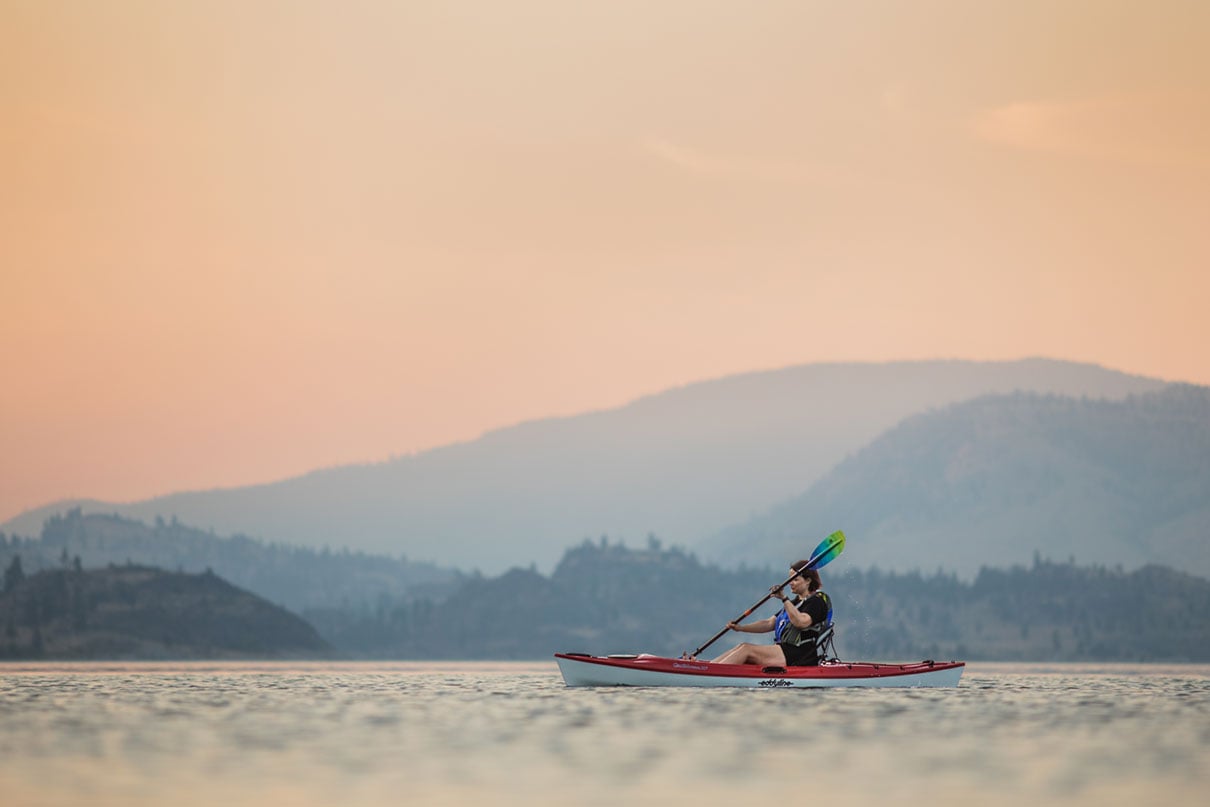
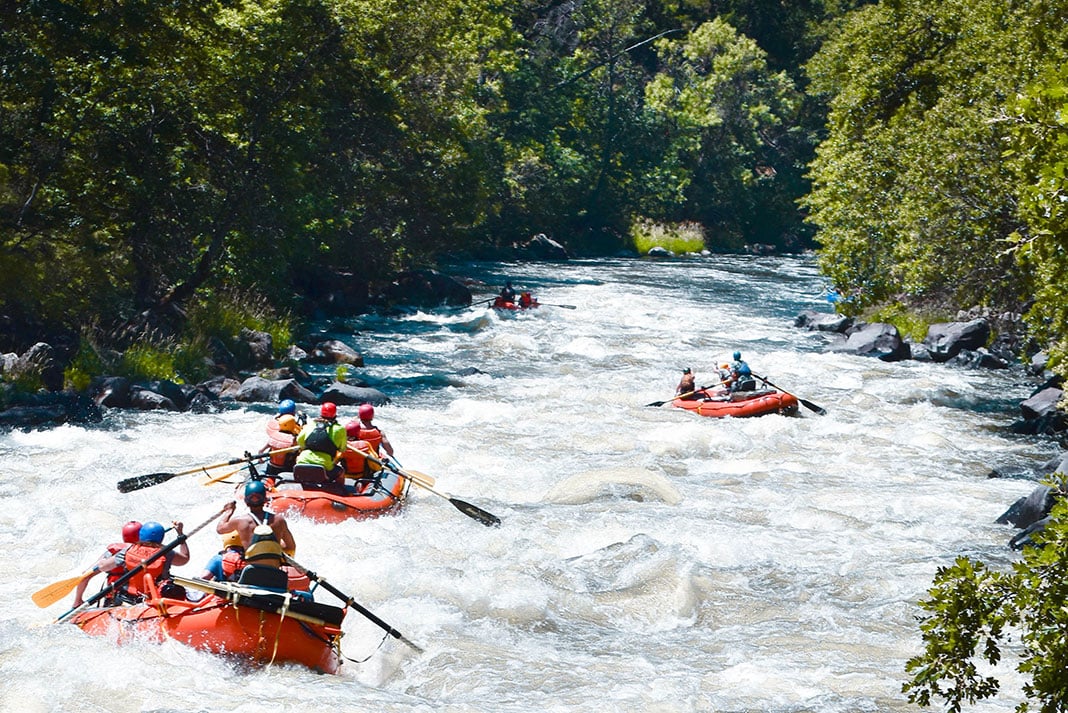


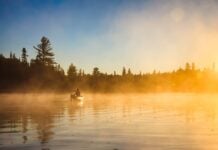

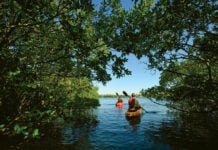

Too die for. Beautiful
I’m guessing these are all great for fly fishing, as well…?
These are just three of ’em. Pistol River, the Winchuk, and the Illinois are also fun, easily accessible, and spectacularly beautiful paddling opportunities in Curry County.
Dang, that was fast’sAF!